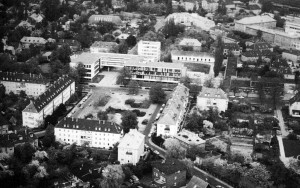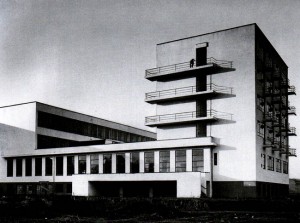I don’t always agree with Aaron Betsky, but his current Architect column about why he only writes about buildings that he has actually seen is spot on. In architecture, experience is all; photographs are a poor substitute, especially as photographers regularly crop out the surrounding context. Moreover, you should experience a building over an extended period of time, as users do, at different times of day, in different weather. And not only on press day—before the building is put to use—but several years later, when the rough edges have been worn smooth. Of course, if architectural journalists followed Betsky’s dictum, magazines would be a lot thinner than they already are.
And it gets worse. Critics regularly make pronouncements about buildings that can’t be visited because they don’t actually exist—they are unbuilt—perhaps unbuildable. The PA Awards, for example, are given to buildings before they are built, which makes about as much sense as awarding book prizes on the basis of a proposal or outline. I would guess that this habit begins in architecture schools, where students are assessed on the basis of drawings and models, and the illusion is established that these exercises represent real architecture. They don’t. As Robert Hughes once observed, “reproduction is to aesthetic awareness what telephone sex is to sex.” He was talking about paintings and sculptures, but his insight applies equally—perhaps more so—to buildings.




A perfect example is Yale’s new school of management. I defy anyone to find a photograph that how it looms over and casts hot blue reflections into the much smaller residential buildings next to it.
Yes. I recall how different Frank Lloyd Wright’s Fallingwater was when we toured it compared to the pictures.